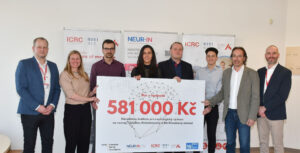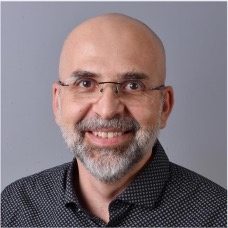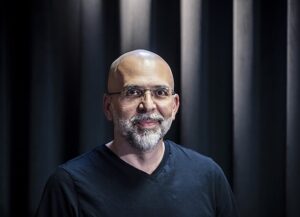
Pillar 1
Research on neurodegeneration in the context of mobility disorders
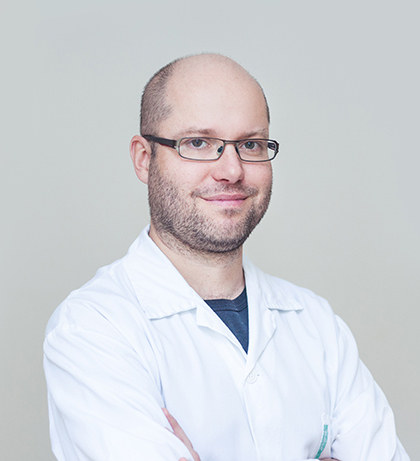
Doc. MUDr. Petr Dušek, Ph.D.
Doc. MUDr. Petr Dušek, Ph.D., is a leading Czech neurologist specializing in Parkinson’s disease and other neurodegenerative movement disorders. He works at the Neurological Clinic 1. LF UK and VFN in Prague, where he runs a specialized outpatient clinic for patients with Parkinson’s disease and conducts clinical and experimental research.
His scientific work focuses on the use of advanced imaging methods (MRI, PET) and biomarkers in the diagnosis and monitoring of Parkinson’s disease. He has a long-term collaboration with international research teams and participates in clinical trials of new therapies.
We want to find a way to cure Parkinson’s before it breaks out.
Main objectives
Mission
Vision
Goals
What you should know
10+ million
up to 50 000
1 in 100 people over 60
5-10% of cases are hereditary
11.4.
1-2 years

Theories of Parkinson’s disease
There are two theories. In the first case, a toxin is suspected, the concentration of which is increasing in our environment. The risk of Parkinson’s disease is also increased by various pesticides, but their use is not increasing in Europe. The question arises as to why Parkinson’s disease is increasing in the population. It may be caused by another toxin. Some studies suggest that organic solvents, heavy metals (mercury, etc.) increase the risk of Parkinson’s disease, but this is not generally accepted epidemiologically.
Another theory is that Parkinson’s disease is caused by viruses. The theory comes from the period after the Spanish flu, when the percentage of patients with Parkinson’s disease increased. There are concerns about whether the prevalence of Parkinson’s disease will be increased by the Covid-19 epidemic.
Patient organisations dedicated to the disease
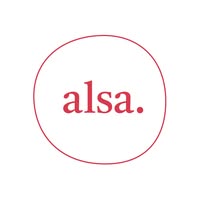
ALSA, z.s.
The only organization in the Czech Republic focused on patients with amyotrophic lateral sclerosis (ALS). Offers consultations with a multidisciplinary team, outings to the home environment, equipment rental and convalescent stays for patients and their caregivers.

Czech Alzheimer Society, o.p.s.
Since 1997 it has been helping people with dementia and their carers. It provides counselling, home respite care, information materials and memory training aids. It organises professional events (e.g. Prague Gerontological Days), awareness campaigns (Memory Week, Memory Days) and certification of services for people with dementia.
He is a member of Alzheimer Europe and Alzheimer’s Disease International.

Parkinson Society, z.s.
The Parkinson Society, z. s. is a nationwide patient organisation that has been active in 11 cities across the Czech Republic since 1994. It focuses on supporting people with Parkinson’s disease, their families and carers by providing advice, sharing experiences and mutual support.
In addition to awareness-raising activities to raise awareness of the disease and its impact on life, it organises rehabilitation and exercise activities, therapies, meetings, workshops and lectures to strengthen the patient community. It works with professionals to connect patients with doctors, therapists and other specialists.
What has already been done?


Hello, phone, do I have “Parkinson’s”? The app detects diseases from the call
